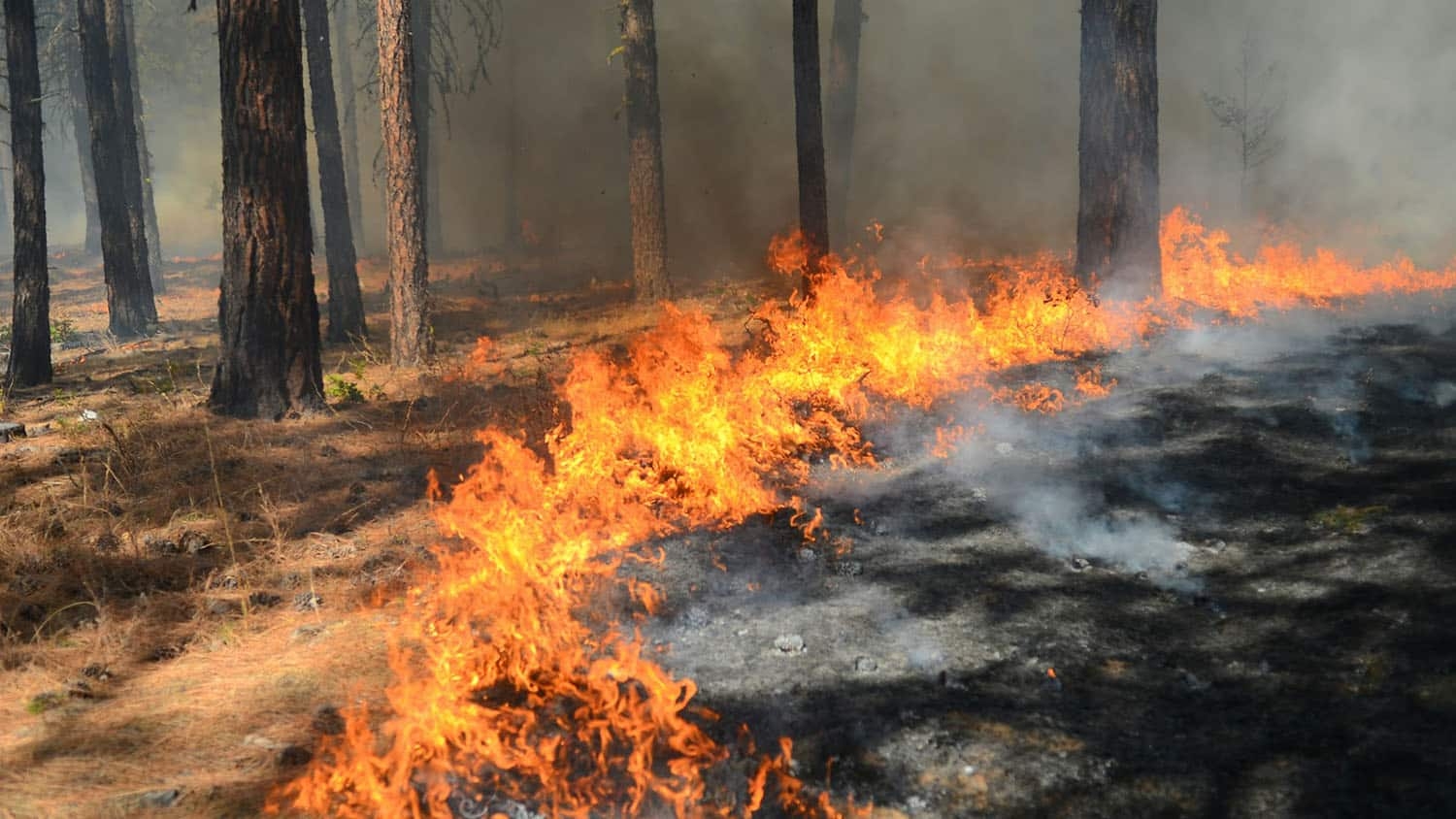Precision agriculture taking flight in Biological and Agricultural Engineering at NC State University

Take a walk into the Suggs Laboratory for Precision Agriculture and Machine Systems and it’s hard not to be impressed. Named after Charlie Suggs for his contributions to the Department of Biological and Agricultural Engineering (BAE), NC State, and the field as a whole, the lab embodies his work ethic and dedication to furthering knowledge.
[retina_image id=’16093′ align=’right’ caption=’true’]
The brightly lit space houses a sleek drone fitted with crop sensors in one corner and a tractor with a field computer and automatic steering being installed in another. Both will be used in various research, extension and academic projects, all with the aim of improving and increasing efficiency in agriculture. A newly mounted whiteboard takes up most of another wall. Current projects, collaborators and bullet points are scrawled across the board, spanning research areas from cotton, to Christmas trees, to corn and pigs.
“I tried to take a photo to show my parents, but couldn’t fit it all in just one photo,” comments Kyle Townsend, an undergraduate researcher in the lab.
One such project underway involves placing sensors over corn crops to assess weather damage.
“Hurricane season is the same time as harvest season,” Jason Ward explains. “We wondered, could we assess how much of the field area is damaged and how badly its damaged.”
Ward joined BAE as an assistant professor in Precision Agriculture in 2017 and hit the ground running, bringing valuable experience spanning over 10 years in industry, government and academia.
In this project, unmanned aerial vehicles, or UAVs, will be used to quantify crop damage. These findings will be compared to the condition of crops on the ground. Using this data, the precision agriculture team can compare specific measurement technologies to find the best set of tools to quantify the severity of damage and area of impact.
These findings can have value for not only farmers to prioritize their harvest, but could also have implications for the insurance industry or federal disaster response agencies.
“If they can catalog the damage quickly, then that means that more resources come open for farmers,” Ward adds.
There from the Beginning
“There is a long history of precision agriculture both here at NC State and as a department,” notes Gary Roberson, associate professor and extension specialist specializing in machine systems and precision agriculture.

Roberson prides himself on starting his career working for Charlie Suggs, a giant in the field of agricultural engineering who also happened to be the department’s first PhD student.
“I’m proud to say that I started my career as an undergraduate working in Dr. Suggs’ lab,” notes Roberson. “And I’m very proud to say that I’ll be finishing my career in the Suggs Laboratory for Precision Agriculture and Machine Systems.”
The recent NC State Academy of Outstanding Teachers and College of Agriculture and Life Sciences Outstanding Teaching Award recipient received his bachelor’s, master’s and doctoral degrees from BAE.
“Early collaborations between BAE, Crop and Soil Science, Horticultural Science and other departments at NC State led to the first Precision Agriculture Field Day at Cherry Research Farm,” Roberson remembers.
Currently, a project he’s working on involves something many may not associate with each other or North Carolina: UAVs and Christmas trees. The use of UAVs to apply various nutrient and chemical applications in place of the traditional manual method is both safer and faster. This is especially true in the mountains where terrain can be unkind, Roberson explains. In additional to spray treatment, the UAVs will be able to provide size and growth data, which will be vital to growers to continue to improve efficiency.
Roberson and Ward are also undertaking a project with funding from industry partner Cotton, Inc. By using John Deere radio frequency harvest ID tags, researchers will be able to track the quality of cotton from bale to gin, linking fiber quality data to specific field locations within a cotton field. Ultimately, this information can help cotton producers manage for quality and yield while improving harvest logistics and minimizing contamination.
Jared Day, a BAE Agriculture and Environmental Technology alum who works for John Deere, is another collaborator. “Being able to work with the university toward a common goal is a great thing,” Day explains.
A Leading Role
“North Carolina is one of the most diverse states in terms of agriculture, which leads to challenges as well as opportunities,” notes Roberson.
Ward echoes this sentiment.
“Our strength in precision agriculture in the state and here in BAE comes in part from the diversity of crops. If you look at the other programs that are leaders in precision ag, they’re mostly field crop or row crop states. Don’t get me wrong, we have a huge market for that,” Ward begins. “But diversity of crops is going to give us a whole different perspective and leg up. A lot of our fields are not as big and square as in other states, so there’s a lot more opportunities for us to influence efficiency for smaller non-standard shaped fields.”
And after accounting for the resources available at NC State for collaboration, and the industry resources right down the road at Research Triangle Park, it’s easy to see how BAE can take a leading role in precision agriculture moving forward.
Future in Robotics and Sensors
Continuing BAE’s trend of unprecedented growth, a newly hired faculty member will bring a different kind of expertise.
Sierra Young will join BAE in January 2019 in biosensors. Her research interests focus around the use of robotics and automation for sensing and sense-making in agricultural, natural, and urban systems, and human-robot interaction for unmanned systems.
[retina_image id=’16096′ align=’right’ caption=’true’]
Young received her bachelor’s of science in civil engineering from Cornell University and a master’s of science in civil and environmental engineering from the University of Illinois at Urbana-Champaign. The Department of Defense National Defense Science and Engineering Graduate fellow is completing her Ph.D. in the Department of Civil and Environmental Engineering at the University of Illinois at Urbana-Champaign as she holds a visiting scholar position in Agricultural and Biosystems Engineering at Iowa State University.
Young recently presented research at national conferences on measuring soil moisture and temperature with UAVs rapid phenotyping row crops with robots, and high precision control of tracked robots on crop fields.
While BAE’s approach to precision agriculture is expanding, the basic tenets of its philosophy will stay the same.
“We’ll still go out and do traditional precision ag, such as take soil samples or putting terminals into tractors and making sure people know how to use them,” Ward notes. “But I think we’re going to be looking outside of standard field crops and accelerate the use of robotics and sensors.”
“We can’t guarantee every method will yield a profit on every farm,” Roberson adds. “But what we can do is look for the best avenue of success for each situation. And that’s what we’re doing.”
This post was originally published in the Department of Biological and Agricultural Engineering News.
- Categories:


